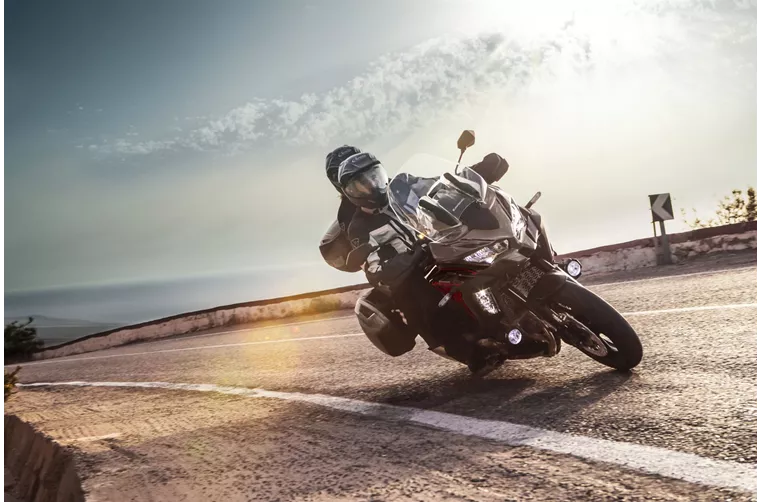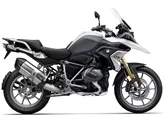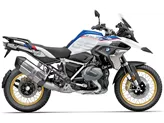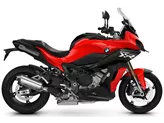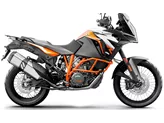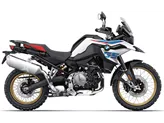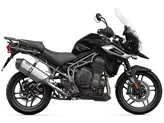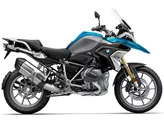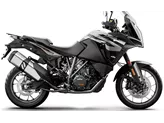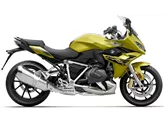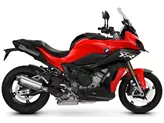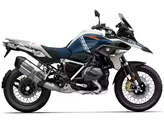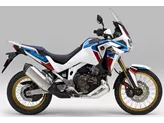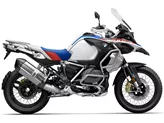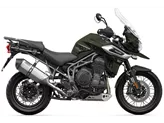Kawasaki Versys 1000 S 2021 vs. BMW R 1250 GS 2021
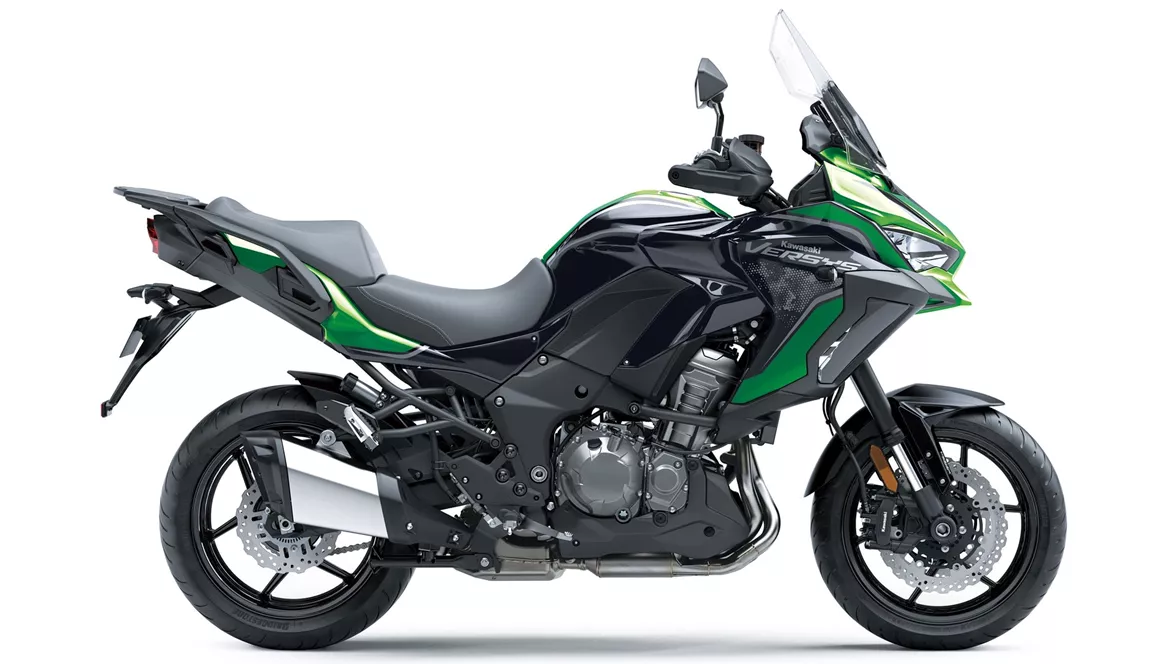
Kawasaki Versys 1000 S 2021
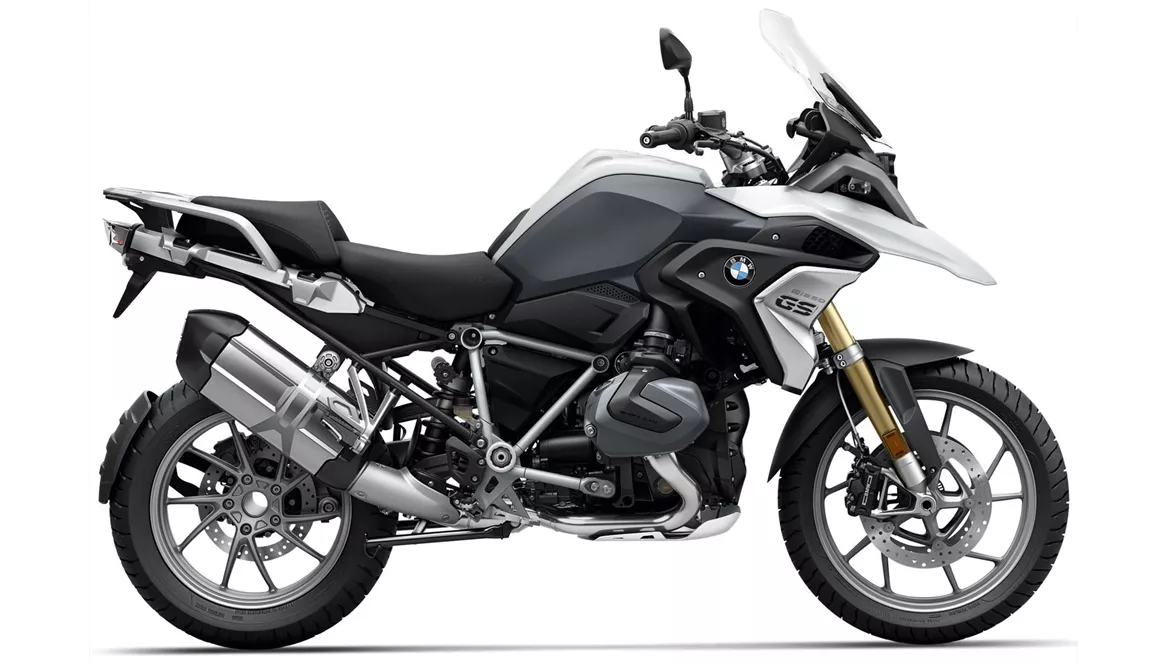
BMW R 1250 GS 2021
Overview - Kawasaki Versys 1000 S 2021 vs BMW R 1250 GS 2021
When comparing the Kawasaki Versys 1000 S 2021 and the BMW R 1250 GS 2021, it is important to consider their technical specifications, strengths, and weaknesses.
In terms of engine and drive train, the Kawasaki Versys 1000 S 2021 features an in-line four-cylinder engine with a bore of 77 mm and a stroke of 56 mm. It produces 120 HP of power and 102 Nm of torque. The starter is electric, and the transmission is a chain. On the other hand, the BMW R 1250 GS 2021 has a boxer engine with a bore of 102.5 mm and a stroke of 76 mm. It delivers 136 HP of power and 143 Nm of torque. The starter is also electric, but the transmission is a prop shaft. The Kawasaki Versys 1000 S 2021 has four cylinders and a displacement of 1043 ccm, while the BMW R 1250 GS 2021 has two cylinders and a displacement of 1254 ccm.
In terms of suspension, the Kawasaki Versys 1000 S 2021 features an upside-down telescopic fork front suspension with a travel of 150 mm and adjustable compression, preload, and rebound. The rear suspension is a swing arm with a monoshock and a travel of 152 mm, also with adjustable compression, preload, and rebound. On the other hand, the BMW R 1250 GS 2021 has a telelever front suspension with a travel of 190 mm and adjustable preload. The rear suspension is a single swing arm with a monoshock and a travel of 200 mm, also with adjustable preload and rebound.
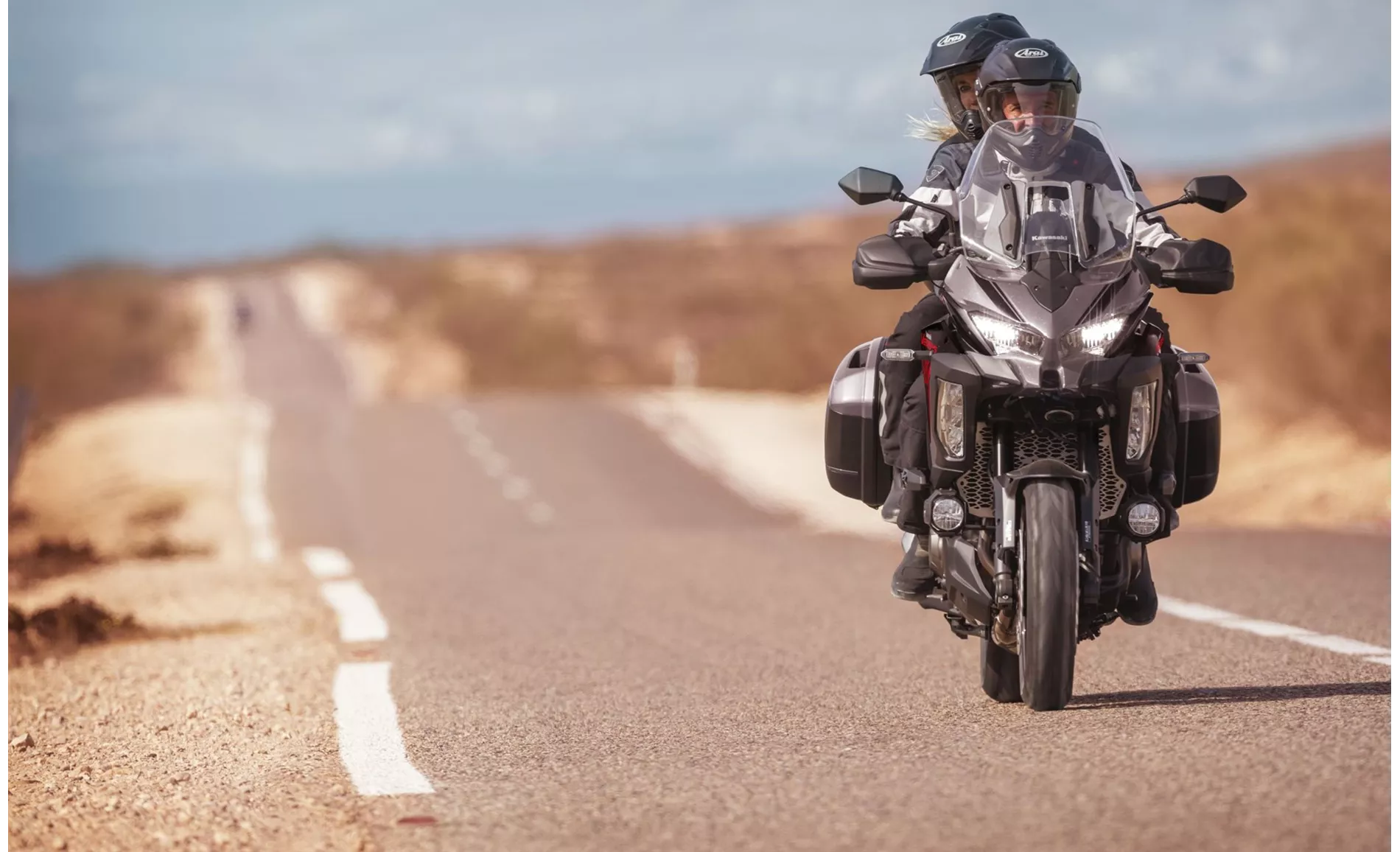
Kawasaki Versys 1000 S 2021
In terms of chassis, the Kawasaki Versys 1000 S 2021 has an aluminum frame with a rake of 63 degrees and a trail of 106 mm. The BMW R 1250 GS 2021 has a steel frame with a rake of 62.9 degrees and a trail of 109 mm.
In terms of brakes, both motorcycles have double disk front brakes. The Kawasaki Versys 1000 S 2021 features advanced rider assistance systems such as ABS, ride by wire, and a quickshifter. The BMW R 1250 GS 2021, on the other hand, features ABS, anti-slipping control, hill start assist, riding modes, cornering ABS, ride by wire, and traction control.
In terms of dimensions and weights, the Kawasaki Versys 1000 S 2021 has a front tire diameter of 17 inches, a rear tire width of 180 mm, a rear tire diameter of 17 inches, a wheelbase of 1520 mm, a seat height of 840 mm, a kerb weight (with ABS) of 257 kg, and a fuel tank capacity of 21 liters. The BMW R 1250 GS 2021 has a front tire diameter of 19 inches, a rear tire width of 170 mm, a rear tire diameter of 17 inches, a wheelbase of 1525 mm, a seat height of 850 mm, a kerb weight (with ABS) of 249 kg, and a fuel tank capacity of 20 liters.
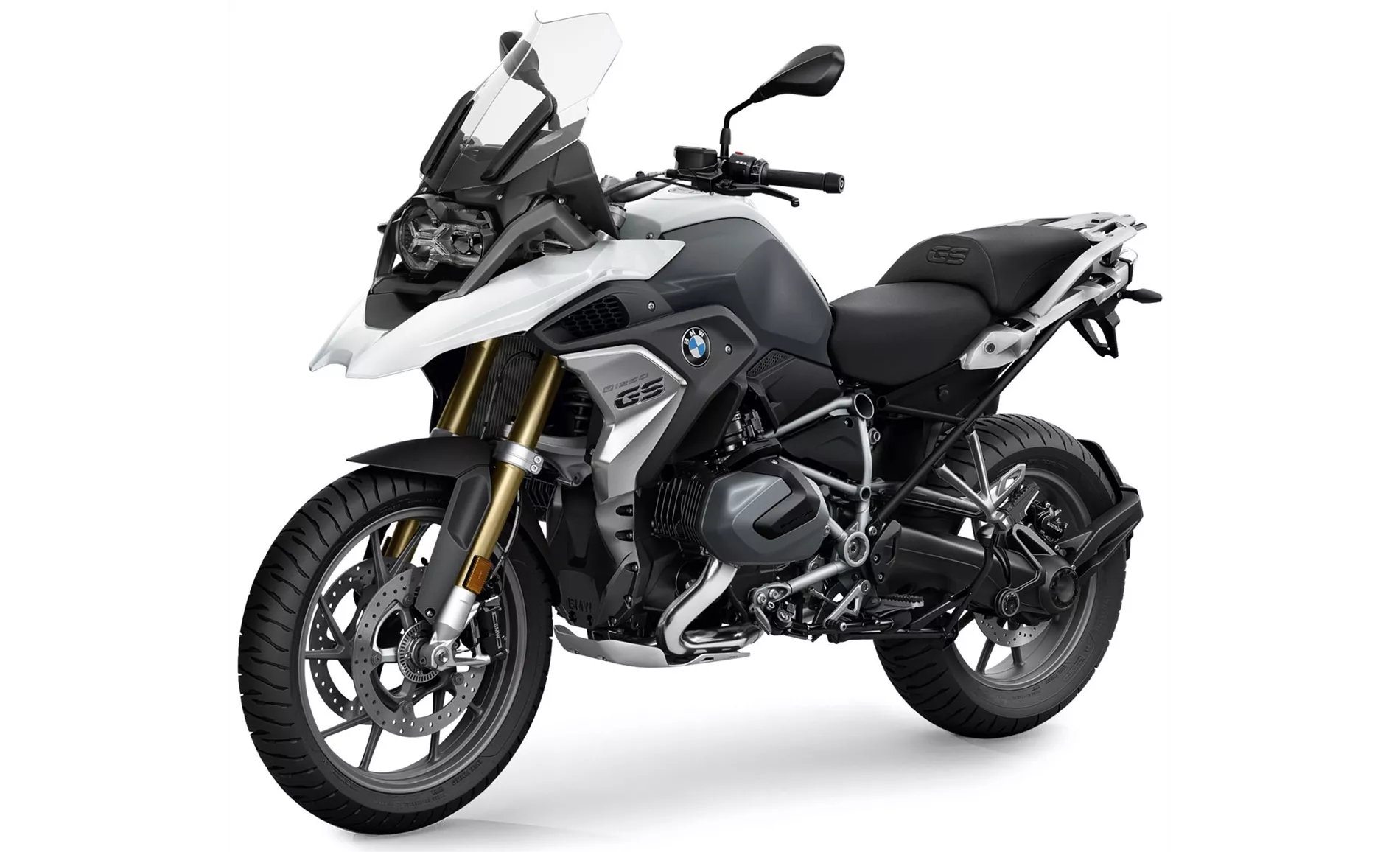
BMW R 1250 GS 2021
In terms of equipment, both motorcycles feature cornering lights and LED headlights. The Kawasaki Versys 1000 S 2021 also has heated grips, while the BMW R 1250 GS 2021 has an adjustable windscreen and a great connectivity app.
The strengths of the Kawasaki Versys 1000 S 2021 include a very comfortable seating position, a cultivated in-line four-cylinder engine, a full electronics package, an adjustable windshield, a well controllable braking system, and a distinctive look. On the other hand, the strengths of the BMW R 1250 GS 2021 include great ride comfort and great ergonomics, a powerful engine, a great connectivity app, an easy-to-read display, a confident feel in the saddle, practical riding aids, and a versatile chassis that accommodates every route.
The weaknesses of the Kawasaki Versys 1000 S 2021 are that the windshield is not adjustable with one hand. The weaknesses of the BMW R 1250 GS 2021 are that it has a rough overall appearance and gearshifts at low revs can be somewhat clumsy.
Technical Specifications Kawasaki Versys 1000 S 2021 compared to BMW R 1250 GS 2021
Pros and Cons in comparison
Pros and Cons in comparison
Kawasaki Versys 1000 S 2021
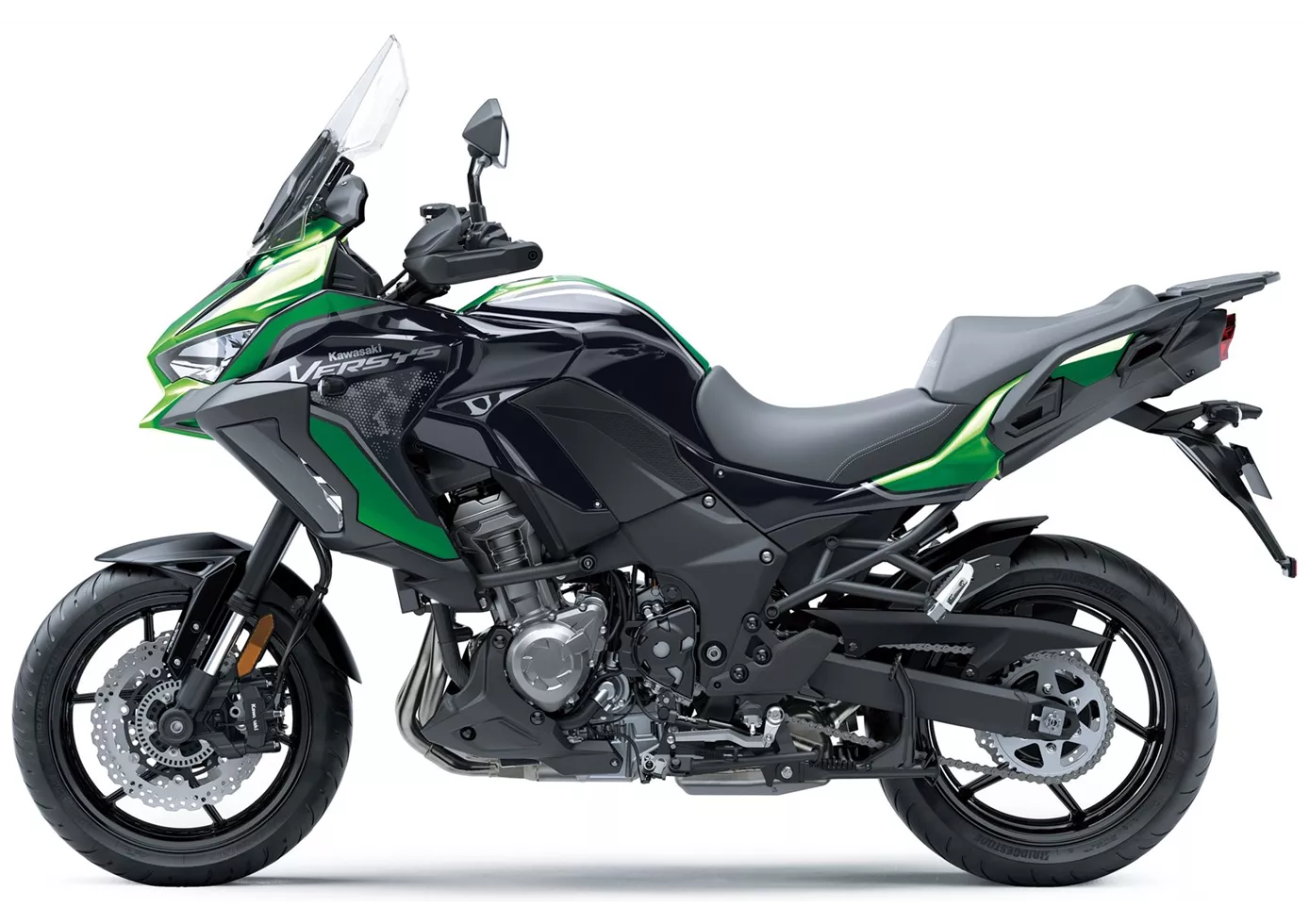
The supposedly less well-equipped Versys 1000 S merely dispenses with the electronically adjustable chassis of the SE - and thus offers almost the same performance as the top model. This means that the S also has all the comfort features on board that make a long journey not only bearable, but really enjoyable. You don't necessarily feel the few kilos less than the SE, but the S is also an ideal companion on long tours when comfort and uncomplicated handling are paramount.
BMW R 1250 GS 2021
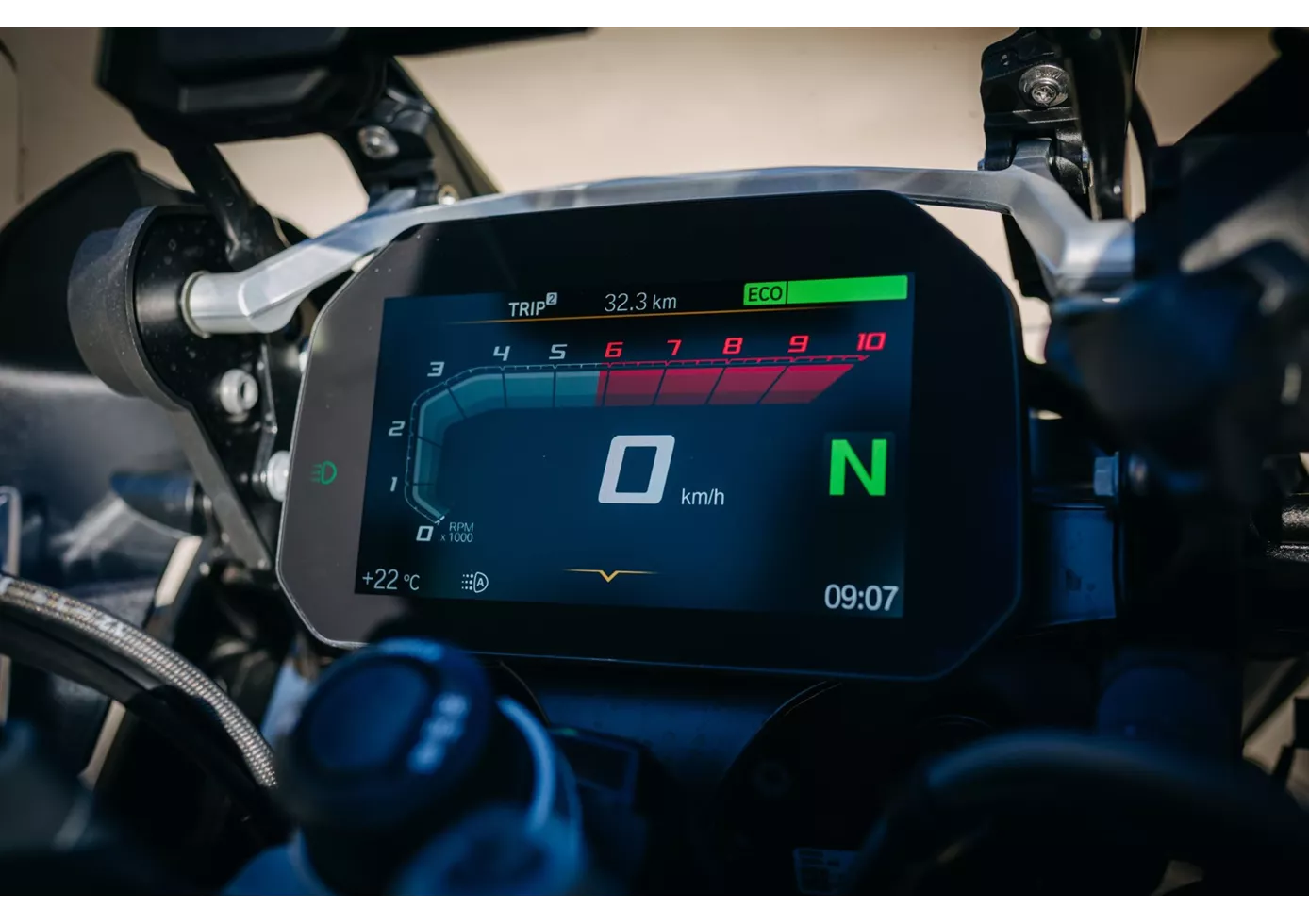
The GS also impressed us with its versatility during the test in November 2021. We rode the bike on a wide variety of terrain and were once again very satisfied. The motorbike convinces in every situation with its easy handling and practicality. On the other hand, it can also be ridden delightfully irrationally.
Price Comparison Avarage Market Price Kawasaki Versys 1000 S vs BMW R 1250 GS
There are a few key differences between a Kawasaki Versys 1000 S 2021 and a BMW R 1250 GS 2021. In terms of price, the actual average price of a BMW R 1250 GS 2021 is about 46% higher. Compared to BMW R 1250 GS 2021 there are less Kawasaki Versys 1000 S 2021 bikes available on the 1000PS.de Marketplace, specifically 8 compared to 66. It takes less time to sell a BMW R 1250 GS with 55 days compared to 93 days for the Kawasaki Versys 1000 S. Since model year 2021 1000PS.de editors have written 5 reviews for the Kawasaki Versys 1000 S and 50 reviews for the BMW R 1250 GS since model year 2019. The first review for the Kawasaki Versys 1000 S was published on 04/11/2020 and now has more than 49,600 views. This compares to more than 305,600 views for the first review on BMW R 1250 GS published on 19/09/2018.
